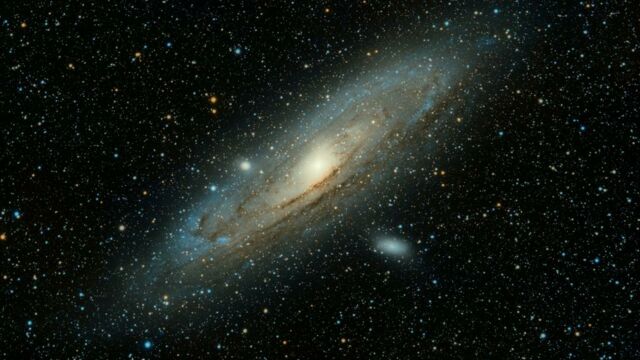A British astronomer has suggested that an object he spotted lurking in the outer region of the solar system could be the elusive Planet 9. The astronomer arrived at this conclusion after digging through the telescope archives of 250,000 point sources.
Discover our latest podcast
Five Times the Size of Earth
An astrophysics professor at Imperial College of London, Michael Rowan-Robinson, unveiled what could be evidence of a mysterious planet up to 10 times the size of Earth, with a distant orbit around the Sun.
The scientist set out to prove or rule out the existence of another big planet beyond Neptune, by conducting new analysis of data collected by the Infrared Astronomical Satellite (IRAS) in 1983.
Rowan-Robinson singled out a moving object that the satellite picked out on three occasions. The object would be up to five times the mass of Earth, according to the IRAS data.
Its orbital distance would be some 225 times farther than that of our planet, equalling about 33.7 billion kilometres (20.9 billion miles) from the Sun.
Valuable Guidance
It is thought that if the candidate for Planet Nine is indeed rotating around the Sun at such a distance, it would be freezing and not much sunlight would be reflected by it. This would make it even more elusive and harder to find.
The astronomer concluded that although the latest study is not a definite detection of another planet, its findings could serve as a valuable guidance for where exactly to search for the new planet.
He explained in the paper which has been accepted for publication in the Monthly Notices of the Royal Astronomical Society that:
Given the great interest of the Planet 9 hypothesis, it would be worthwhile to check whether an object with the proposed parameters and in the region of sky proposed, is inconsistent with the planetary ephemerides.
The eighth and farthest known planet from the Sun is Neptune. Until the last century, Pluto was thought to be the ninth planet, but a controversial vote at the International Astronomical Union (IAU) in 2006 formally excluded it from the solar system’s ‘planets’, and reclassified it as a dwarf planet.















